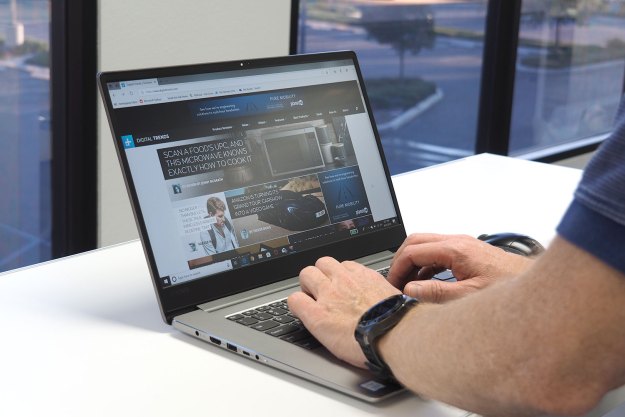IBM unveiled the world’s first 2nm chip technology on Thursday, setting a new bar for the semiconductor industry. The new design can fit up to 50 billion transistors on a chip the size of a fingernail, which Darío Gil, SVP and Director of IBM Research, says is “essential to the entire semiconductor and IT industry.” IBM claims the new design can achieve 45% high performance and 75% lower energy use compared to chips using a 7nm process.
In real-world use, that could mean quadrupling cell phone battery life, requiring a charge only every four days, speeding up object detection in self-driving cars, and improving the speed and efficiency of laptops. IBM was able to achieve this new process by utilizing Gate-All-Around (GAA) stacked nanosheets, helping push beyond the typical FinFET manufacturing process.

2nm is a new low (in a good way) for the semiconductor industry. Manufacturer TSMC offers a 5nm process currently and is currently researching 2nm production, and Samsung showed off a 3nm chip earlier this year. Unlike TSMC and Samsung, though, IBM doesn’t manufacture anything. This “breakthrough” comes from IBM’s Albany Nanotech Complex in Albany, NY, where the company researches future semiconductor technology.
That said, IBM has a few strategic partnerships. In 2014, the company signed a 10-year manufacturing agreement with the New York-based GlobalFoundries. More recently, IBM announced partnerships with Samsung and Intel. Although the new design will benefit the semiconductor industry as a whole, it could help bolster U.S. manufacturing, especially as Intel tries to expand its production capacity.

From IBM’s view, the collaborative effort is what made this achievement possible. “It is the product of IBM’s approach of taking on hard tech challenges and a demonstration of how breakthroughs can result from sustained investments and a collaborative R&D ecosystem approach,” Gil said.
You shouldn’t expect to see chips using the 2nm process anytime soon, however. The energy-efficient design will likely make its way into manufacturing plants and data centers first. First, maybe, but not soon. IBM’s achievement still comes amid a disastrous global semiconductor shortage that may not fully recover until 2023.
Editors' Recommendations
- MacBook Pro 14 vs. MacBook Pro 13: M2 for battery, 14-inch for performance
- This reliable leaker has some bad news about Apple’s M2 Pro chips
- More reports confirm M2 chips coming to Macs later this year
- AMD Ryzen 6000 could be the world’s first 6nm desktop processor
- iPhone SE 2 (or iPhone 9?): This could be our first look




